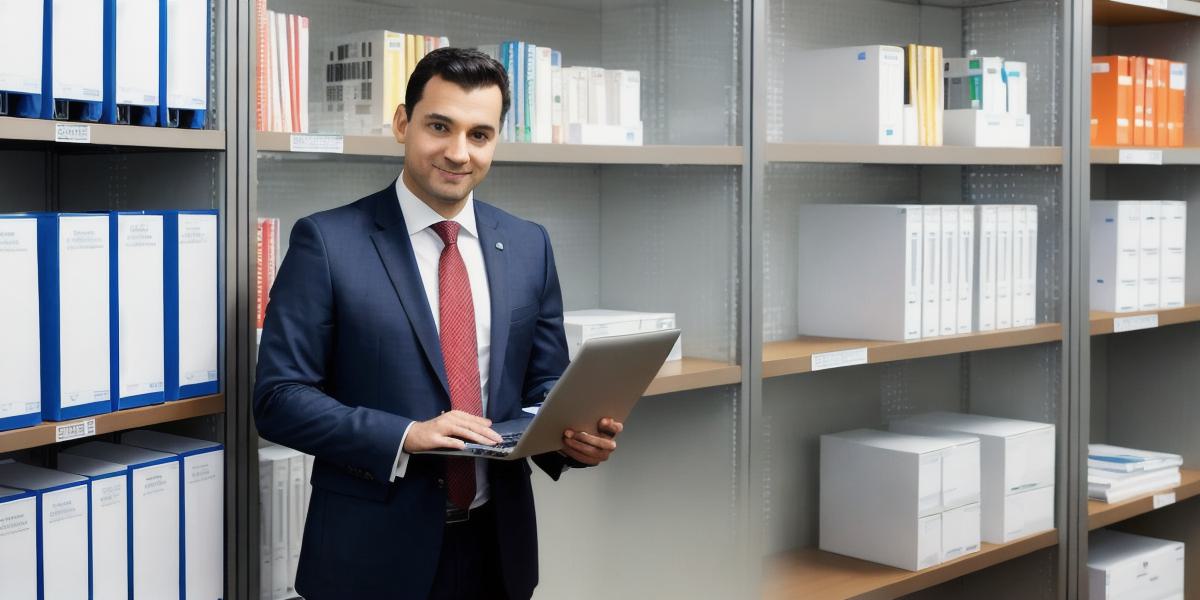When it comes to buying or selling a business, mergers and acquisitions (M&A), or raising capital through private placements, the exchange of sensitive information is an essential part of the process. This is where transaction data rooms come in, providing a secure virtual space for due diligence and document sharing between parties.
What is a Transaction Data Room?
A transaction data room is an online platform designed specifically for securing, organizing, and sharing sensitive documents during mergers and acquisitions, fundraising rounds, or other significant business transactions. It acts as a centralized repository where buyers, investors, advisors, and their legal teams can access, review, and analyze critical information at their own pace.
How Does it Work?
-
Data Upload: The seller or the company involved in the transaction uploads all relevant documents into the data room. This may include financial reports, contracts, legal documents, and other sensitive information.
-
Access Control: Users are granted access to the data room through secure login credentials. Administrative controls allow the data room owner to manage user permissions, ensuring that each party sees only the information they’re authorized to view.
-
Document Organization: The data is organized in a clear and logical manner, often with folders and subfolders based on categories like financials, contracts, and legal documents. This makes it easier for users to navigate and find the information they need.
-
Secure Access: Transaction data rooms employ advanced security measures such as two-factor authentication, encryption, and firewalls to protect sensitive data from unauthorized access.
-
Real-time Updates: As new information becomes available during the due diligence process, it can be added to the data room in real-time. This ensures that all parties have the most up-to-date information at their disposal.
-
Q&A Sessions and Virtual Data Rooms: Some transaction data rooms offer additional features like Q&A sessions and virtual data rooms, where users can ask questions about specific documents or request clarification on certain points. This can help facilitate more effective communication between parties and streamline the due diligence process.

Benefits of Using a Transaction Data Room

-
Increased Security: By centralizing sensitive information in a secure data room, transaction participants reduce the risk of data breaches or unintentional leaks.
-
Improved Efficiency: With all relevant documents in one place and organized for easy access, due diligence can be completed more quickly and efficiently.
-
Enhanced Communication: Real-time access to information and the ability to ask questions directly through the data room encourages better communication between parties and helps keep everyone on the same page.
Examples of Transaction Data Rooms
Popular transaction data room providers include Datasite, DealRoom, and Ansarada. These platforms offer a range of features tailored to the unique needs of M&A transactions, private placements, and other business deals.
Conclusion: A Secure and Efficient Solution for Due Diligence
In today’s fast-paced business environment, transaction data rooms have become an essential tool for conducting due diligence in a secure and efficient manner. By providing a centralized, organized, and secure platform for sharing sensitive information, these services help streamline the M&A process, reduce risks, and facilitate effective communication between parties.
